PROTECT YOUR DNA WITH QUANTUM TECHNOLOGY
Orgo-Life the new way to the future Advertising by Adpathway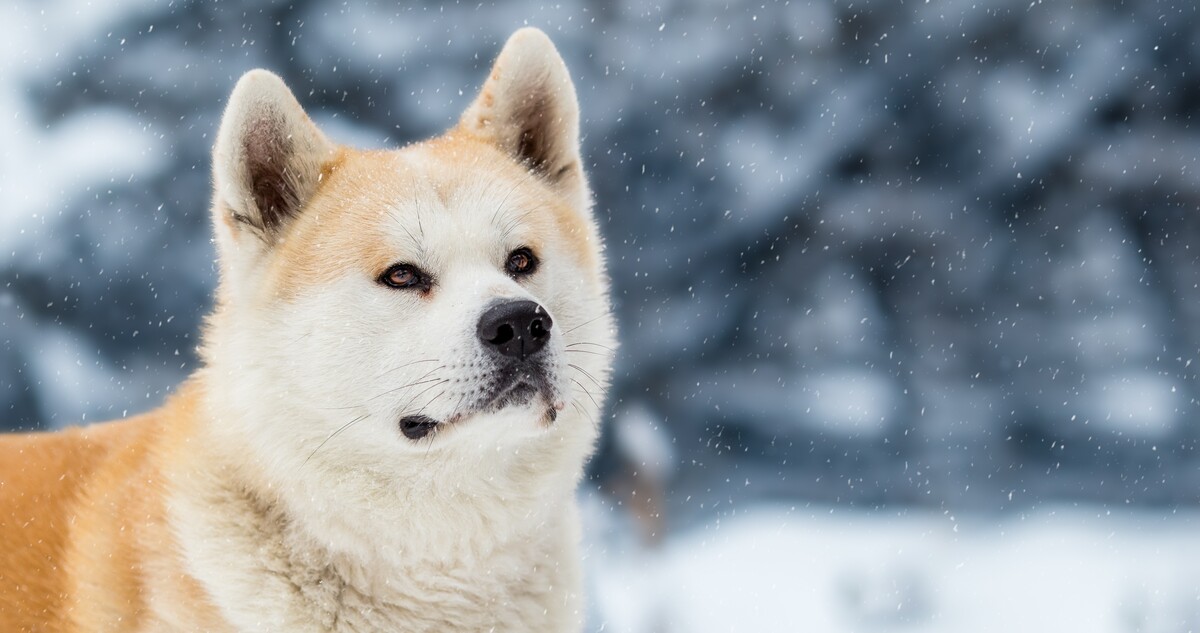 Shutterstock
Shutterstock
When winter rolls in with a vengeance and the mountains turn into icy fortresses, a few brave souls never flinch—dogs. These breeds weren’t just pets but survival partners—hauling supplies, rescuing lost travelers, guarding livestock, and sometimes acting as impromptu space heaters. With thick coats, sharp instincts, and more loyalty than a wool blanket and a fireplace combined, these breeds proved again and again that in the mountains, when things got serious, you’d want one of them by your side—preferably with a barrel of brandy tied around their neck.
Saint Bernard
 Shutterstock
Shutterstock
Saint Bernards are the undisputed legends of alpine rescue. Originally bred by monks in the Swiss Alps to help find lost travelers, these dogs weren’t just large—they were lifelines. Their incredible sense of smell, thick coats, and calm demeanor made them ideal for navigating through heavy snow in treacherous conditions. They could detect buried victims beneath avalanche debris and would often alert humans or even dig them out themselves. And yes, while the whole “brandy barrel around the neck” might be more myth than fact, these gentle giants were real heroes in the harshest winters.
Alaskan Malamute
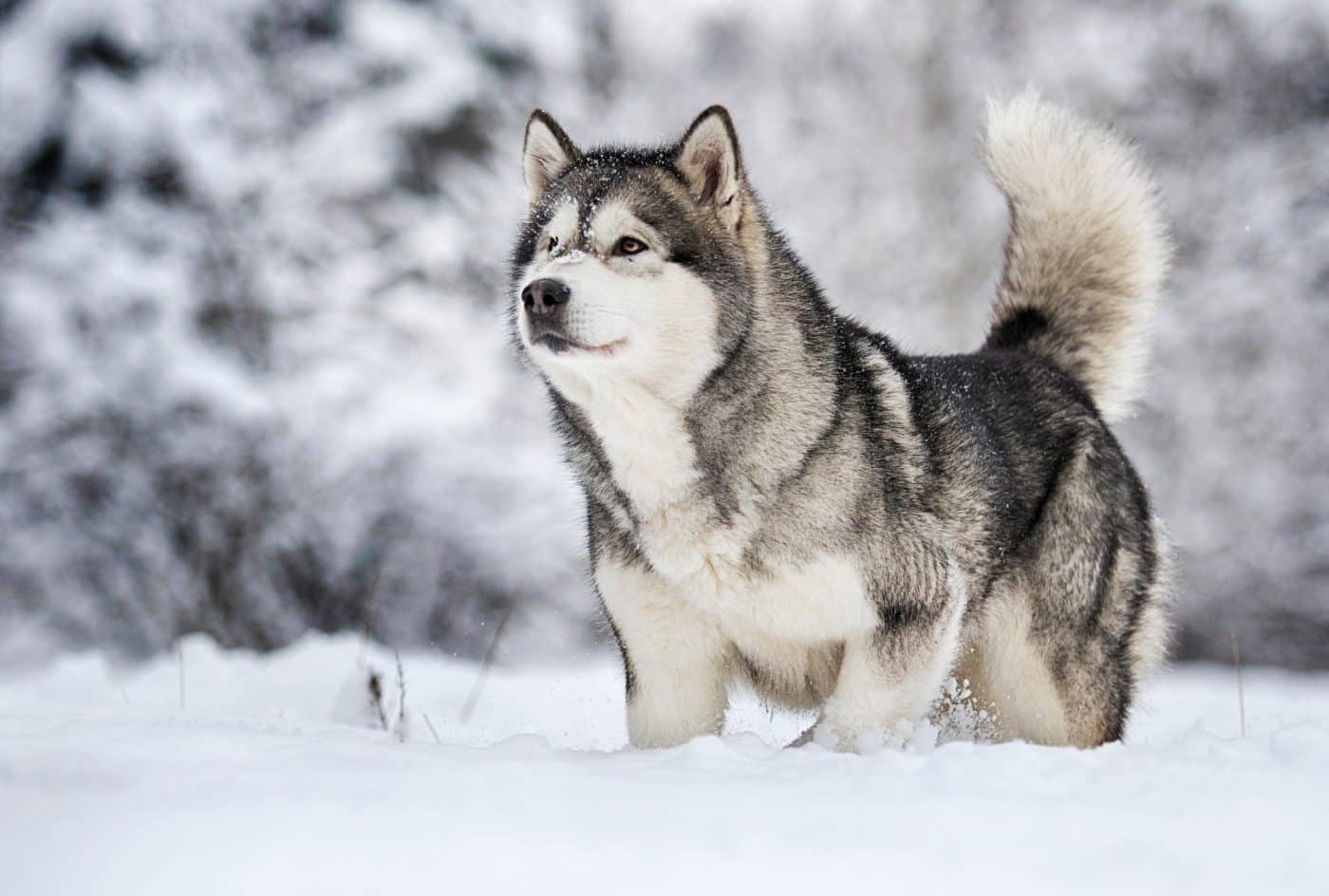 Shutterstock
Shutterstock
Built like a snowplow and fueled by sheer willpower, the Alaskan Malamute was made for hauling heavy sleds through brutal terrain. With a dense double coat and paws built for snow traction, they worked tirelessly to transport goods and people across frozen wilderness. Their endurance made them invaluable during winter storms when vehicles failed, and they were smart enough to sense weak ice or dangerous slopes before their humans could. Malamutes weren’t just snow dogs—they were engines in fur coats.
Bernese Mountain Dog
 Shutterstock
Shutterstock
The Bernese Mountain Dog is basically a woolly workhorse with a soft side. Originating from the Swiss Alps, these dogs were bred to pull carts, guard property, and keep you warm just by sitting beside you. Their tri-colored coats are thick enough to handle snowstorms, and their strength made them ideal for carrying supplies in and out of mountain settlements. Friendly and composed, they were also perfect companions when cabin fever set in—equal parts muscle and moral support.
Newfoundland
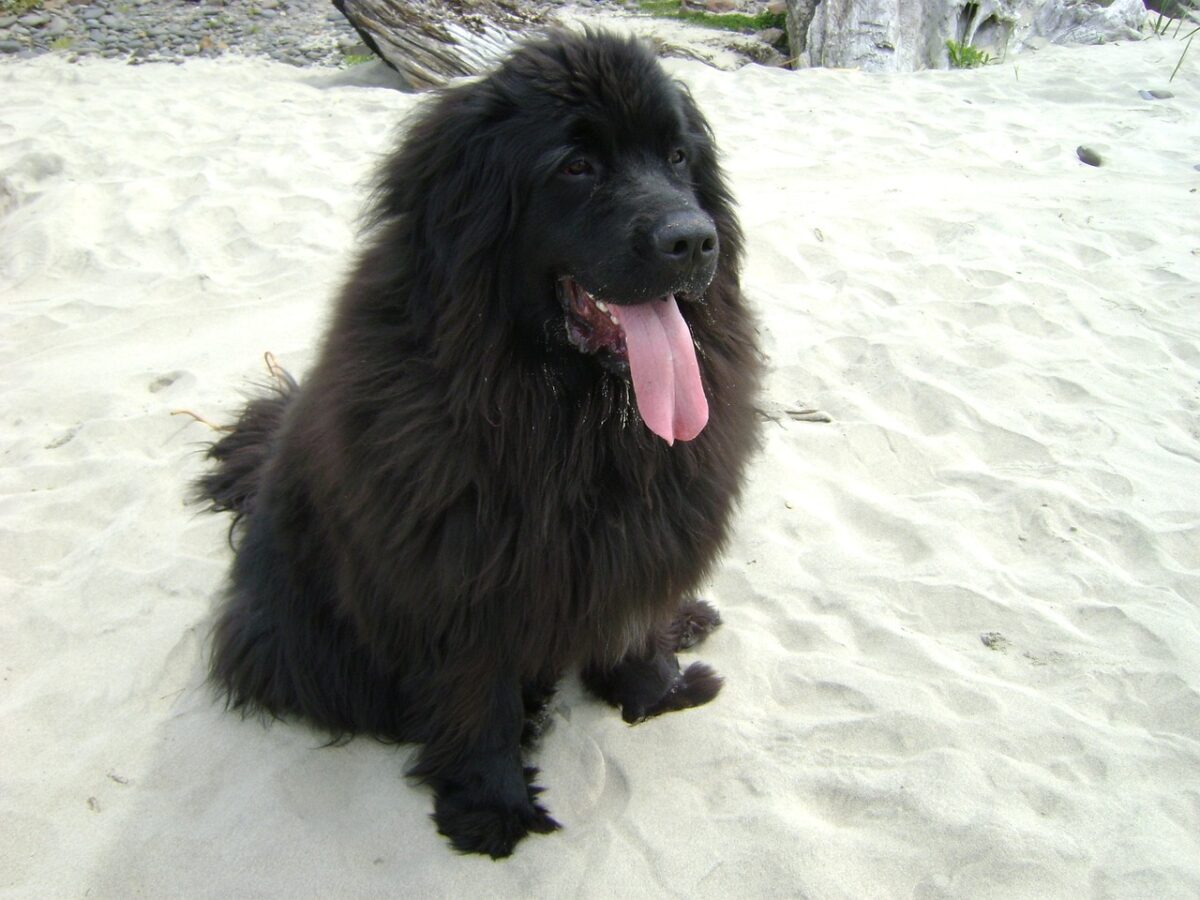 Shutterstock
Shutterstock
Newfoundlands might be better known for their aquatic rescues, but they’re no strangers to snow. These giant dogs with webbed feet and massive lungs are strong enough to haul gear through deep powder and smart enough to know when someone’s in trouble. Their thick, water-resistant coats keep them warm in any condition, and their calm nature makes them perfect for helping nervous or injured travelers. Whether dragging a sled or someone out of a snowbank, Newfoundlands were always the quiet mountain heroes.
Great Pyrenees
 Shutterstock
Shutterstock
The Great Pyrenees wasn’t just a mountain dog—it was the mountain’s guardian angel. Bred to protect livestock in the snowy peaks of France and Spain, these majestic dogs patrolled pastures through sleet and snow with regal calmness. Their white coats blended into the snowy landscape, making them stealthy sentinels against predators. But it wasn’t just sheep they saved—they often found lost travelers or alerted mountain communities to approaching storms with uncanny instinct. If you were freezing, hugging a Great Pyrenees was nature’s sleeping bag.
Siberian Husky
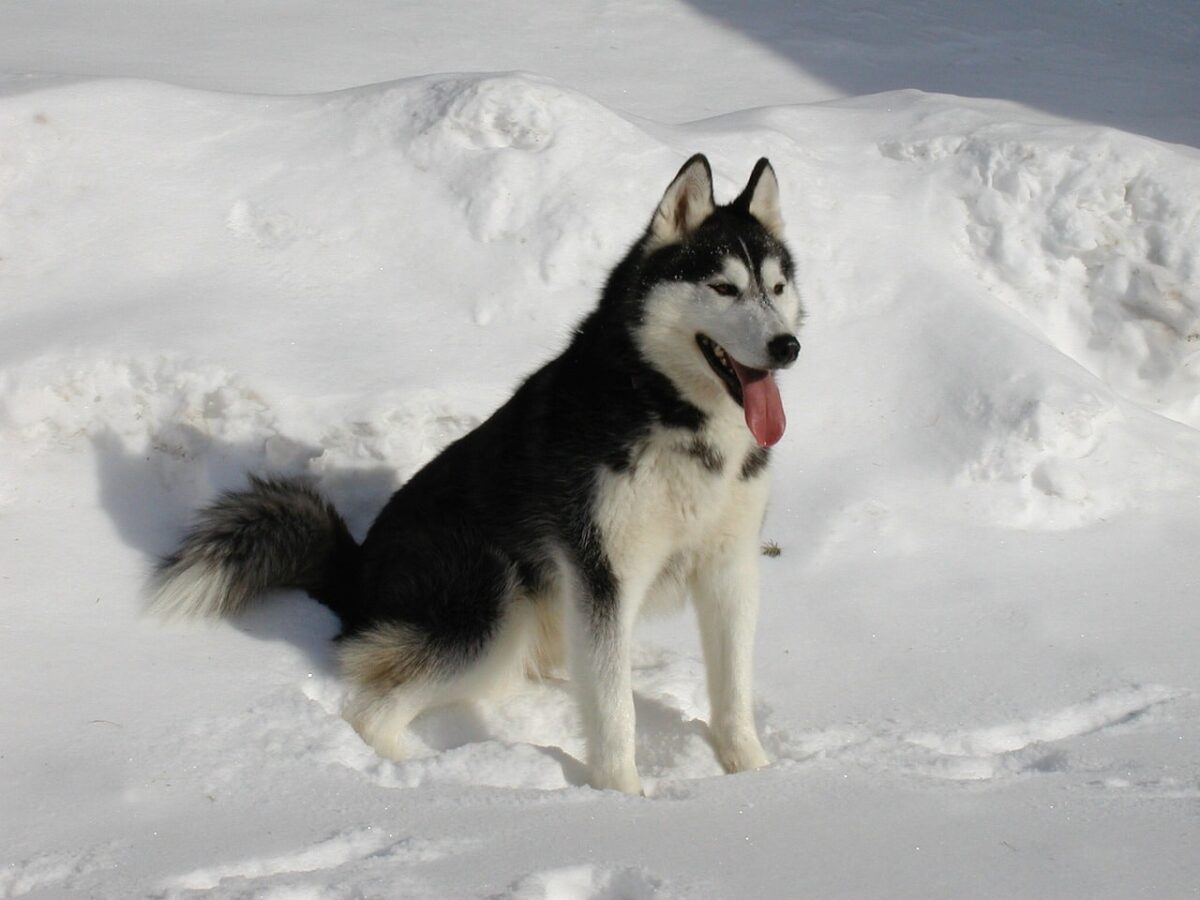 Shutterstock
Shutterstock
Siberian Huskies were born to run through snow, over ice, and straight into legend. Famous for their role in the serum run to Nome, Huskies could cover long distances at blistering speeds, even in subzero temperatures. Their thick coats and team-oriented nature made them sled dog superstars, capable of moving medicine, supplies, or even entire families through mountain trails. And despite their mischievous streak, when braving the cold, Huskies were reliable, resilient, and remarkably fast-footed lifesavers.
Anatolian Shepherd
 Shutterstock
Shutterstock
Hailing from the rugged terrain of Turkey, the Anatolian Shepherd was built for endurance and independence. These dogs were raised to protect livestock through extreme temperatures, from scorching heat to bone-chilling winters. In snowy mountain regions, they roamed alone for days, fending off predators and guiding herds through blizzards. Their thick coat, calm mindset, and no-nonsense attitude made them formidable in remote mountain conditions. If your flock was safe in winter, odds were there was an Anatolian somewhere nearby, handling business like a canine ninja.
Kuvasz
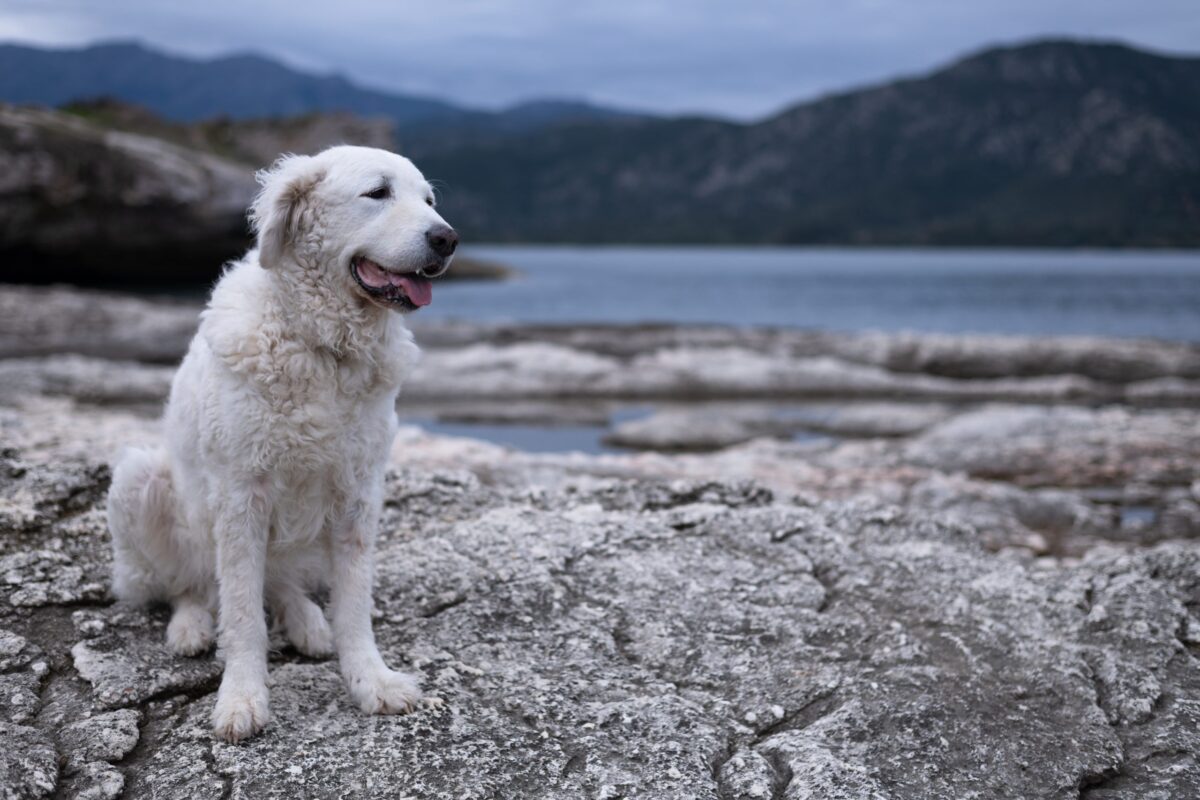 Shutterstock
Shutterstock
The Kuvasz is like the alpine version of a cloud that bites. Originally from Hungary, these snow-white guardians were known for their loyalty and wariness toward anything that didn’t belong—including wolves, bears, and ill-advised tourists. With their thick coats and serious work ethic, Kuvasz dogs excelled in cold climates, where they guarded both animals and people with silent determination. They weren’t flashy, but fearless—when the mountain howled, they were the first to plant their paws and face it down.
Akita
 Shutterstock
Shutterstock
Akitas have an almost mythical presence in winter lore. Originating in the snowy mountains of Japan, they were bred for strength, bravery, and cold tolerance. Their dense double coats protected them from harsh weather, and their loyal nature made them excellent protectors. Akitas have been known to guard homes, carry supplies, and locate lost individuals during harsh snowstorms. Fiercely devoted and stubbornly stoic, an Akita in winter is like a silent, snow-covered tank that happens to love its family more than anything.
Chinook
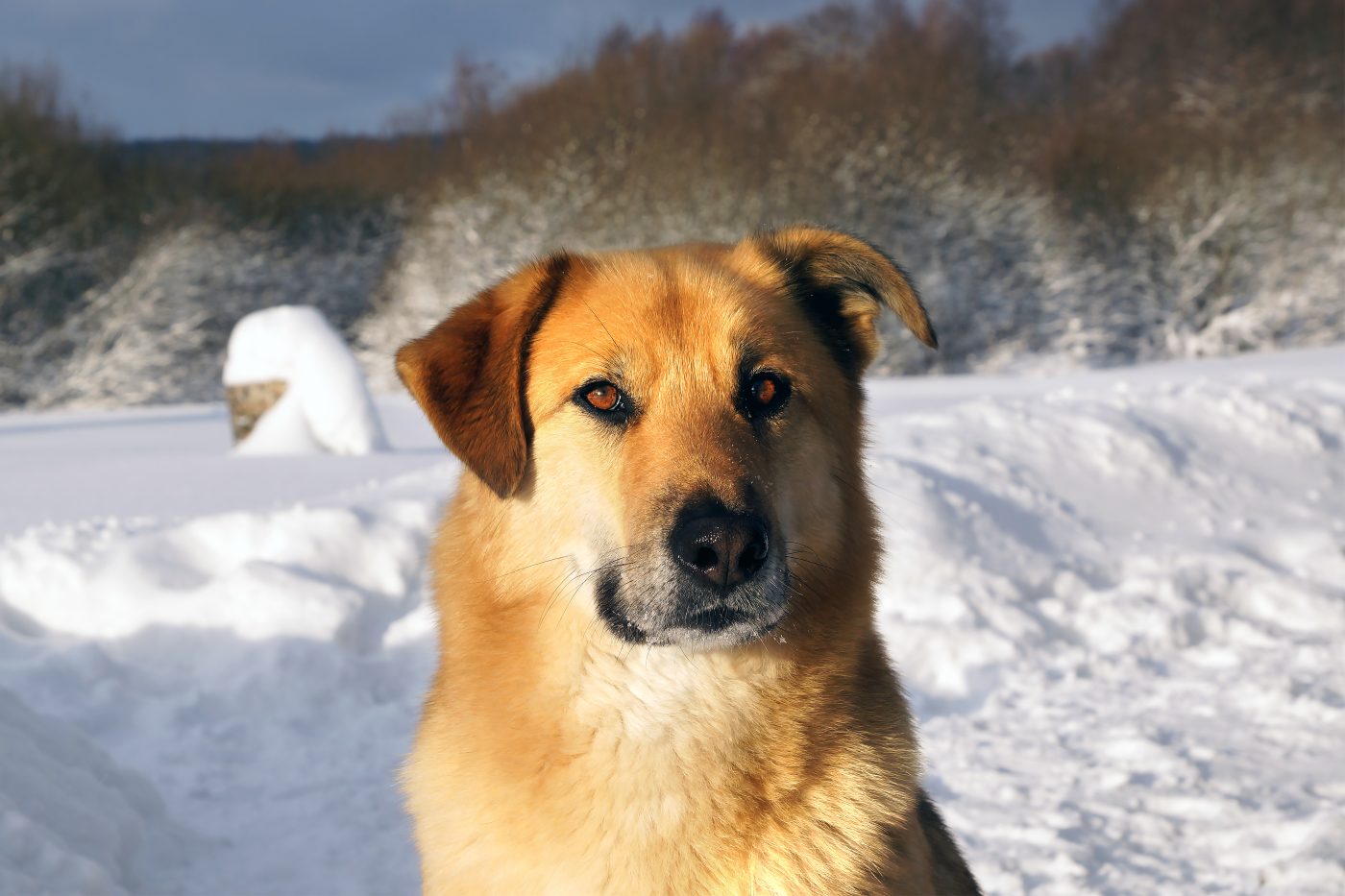 Shutterstock
Shutterstock
The Chinook is one of America’s rarest native breeds—and one of its most winter-worthy. Bred in New Hampshire for sled pulling and outdoor endurance, Chinooks combine the power of working dogs with the patience of a family companion. They’re not flashy but reliable—steadfast in cold weather and remarkably eager to please. Their thick coats keep them warm during snowy treks, and their friendly nature makes them ideal for team-based rescues and deliveries. A Chinook might not make headlines in the mountains, but it’ll always do the job.
Norwegian Elkhound
 Shutterstock
Shutterstock
This spunky, silver-coated breed hails from the frosty mountains of Norway and was bred to hunt moose in the snow—yes, moose. With that kind of job description, surviving a mountain winter is just part of the warm-up. Norwegian Elkhounds have thick, weather-resistant coats, great stamina, and a bold personality that doesn’t back down from snowdrifts or predators. During mountain winters, they helped track lost hikers, guard cabins, and warn families of incoming trouble. Their bark carried through icy air like a wolf in a neighborhood watch vest.
Cold Noses, Warm Hearts, And Snowy Shenanigans
 MidJourney
MidJourney
These dogs didn’t just endure—they dominated. They pulled sleds, guarded herds, found people buried under snow, and served as foot-warming companions during blizzards that rattled the windows. Some worked in teams, some worked alone, and some worked nonstop. They may have been covered in fur, but underneath it all, they were full of grit, heart, and a stubborn refusal to let cold weather win. When you’re bundled in three layers complaining about the wind, remember—your great-grandparents’ dog was probably out there rescuing someone without boots.


 2 months ago
12
2 months ago
12


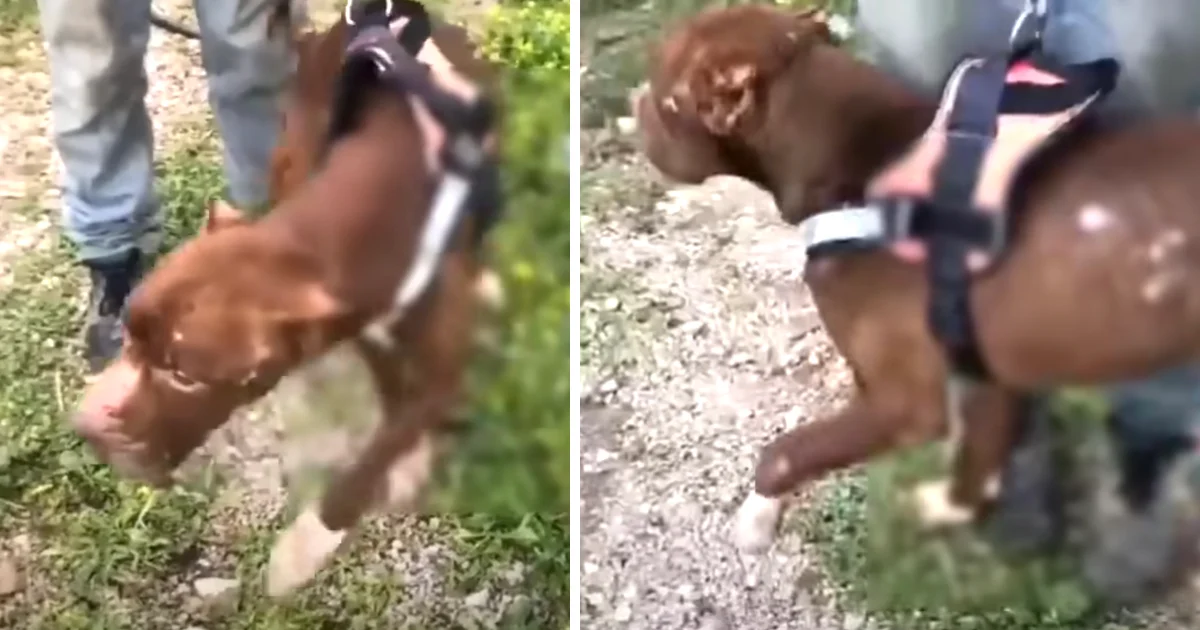


















 English (US) ·
English (US) ·  French (CA) ·
French (CA) ·